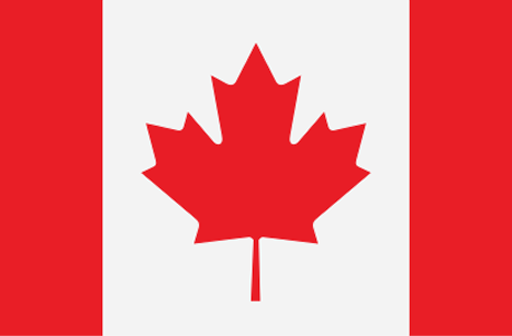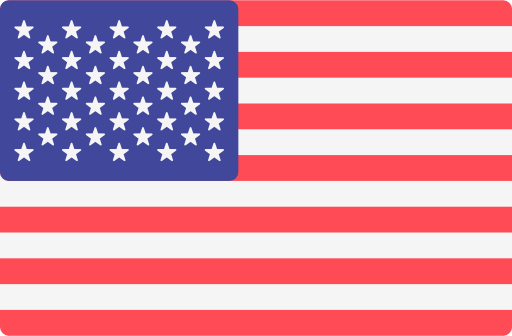First Aid Supplies
First Aid Supplies
Remember when you were young and you were playing outside? The occasional bumps and scrapes would be attended to by a well-stocked first aid kit. However, nowadays, you need to be prepared for any emergency or disaster with a well-equipped first aid kit - First Aid Supplies.

Having an appropriate first aid kit is your first step to deal with a potential earthquake. You should also remember to check your first aid supplies on a regular basis to ensure your first aid kit is well-stocked and up-to-date. Dispose of expired products and medicine if necessary. Your first aid kit should be located in an accessible place that is dry and cool.
For drugs and medication, you should start with products like hydrogen peroxide, rubbing alcohol, or antibiotic ointment to disinfect wounds. In the event of an earthquake, you may have cuts and scrapes from falling furniture or broken glass. I recommend keeping packets of alcohol pads for quickly cleaning wounds. For personal medication, you can place some of your prescriptions in your first aid kit every time you refill an important prescription. Getting a prescription filled after a major earthquake would be difficult, if not impossible. Just remember to rotate your medication out of your first aid kit to avoid letting them expire.
For personal pain relief or fevers, over the counter medications such as Aspirin, Tylenol, and Ibuprofin are excellent. Burn medications for minor burns is always a smart choice. Finally, medication for diarrhea and upset stomach are also good to include in your first aid kit. It's not uncommon for waterbourne pathogens to flourish in the midst of a disaster. Having these medications can help you retain water in your system and keep you hydrated until you can see a doctor.
Bandaging and dressings are a vital component for any first aid kit. In the likelihood of an earthquake, dressing cuts and burns becomes a major priority. It could be days or even weeks before you may be able to get medical attention, so you should prioritize stopping any bleeding and keeping the wound or cut clean to prevent infection. The aftermath of an earthquake could be a breeding ground for pathogens or bacteria. Make sure you have some small, waterproof bandages along with larger bandages for big scrapes or burns. You will also want rolled gauze and medical tape for dressing larger cuts. Finally, you may want to include some ace bandages for sprains or splints.
Other first aid supplies to have are scissors to cut clothing, bandages, or tape and tweezers for glass shards or splinters. A thermometer is a good medical tool to watch for fevers caused by infection. Soap for cleaning wounds is good and sunscreen is smart in case you are stuck outside in the sun. A needle and a thread or fishing line is a good idea in case you need to stitch a wound shut or you can include a pack of quick clot. Instant cold packs are great for sprains, bumps, and bruises. Finally, a first aid guide book is smart if you do not have thorough first aid training. Having these supplies could save your life, but you have to know how to use them first. Consider taking a first aid training course to learn Standard First Aid, Cardiopulmonary Resuscitation (CPR) as well as learn how to use an AED.





























Leave a comment